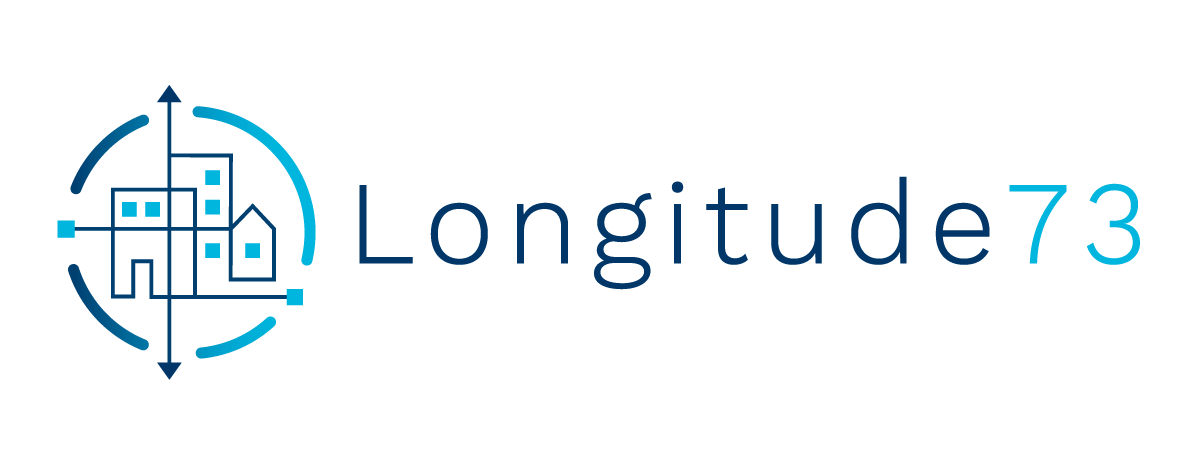A few years ago, Google first introduced us to the notion of “micro-moments.” These are defined as “intent-rich moments when a person turns to a device to act on a need - to know, go, do, or buy.”
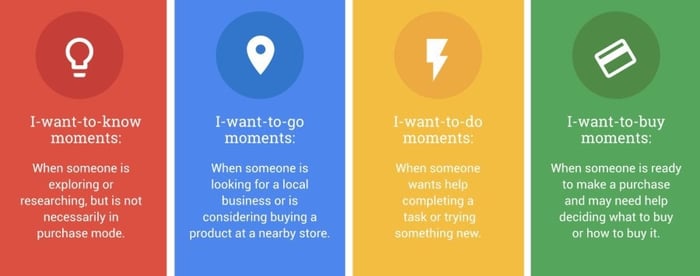 The advice for brands was to:
The advice for brands was to:
- Be There
- Be Useful
- Be Seamless
With the proliferation of “smart” devices and all that “at-the-ready” information, this advice has never been more relevant. Consumer appetite for finding what they need right here and right now is at an all time high: smartphone users are increasingly tapping “now” to make purchasing decisions. In fact, the expectation of buying something immediately via phone rose 50% in just a year — and that number keeps rising.
Consumers have all the control when it comes to what advertising messages they allow into their digital lives. Their attitude (and actions) say, “Be there when I’m looking for you” rather than “Interrupt me when you want.”
“Be There”: How Local Content Can Help
A local content strategy can help you leverage these vital micro-moments.
- Establish Your Domain As An Authority- Improving your “rank” in searches is critical to accessing micro-moment behavior. If you’re contributing useful content that other sites then link to, you’re on the right track. Plus, the more inbound links that you generate from other authoritative sites, the more likely that your own domain authority will increase — and subsequently your odds of ranking.
So what constitutes “useful content” and how can you generate it? We’ll review that shortly.
- Share The Wealth Across The Entire Domain - Your homepage most likely has the highest number of inbound links coming to it; it’s the most logical entry point and represents your entire domain. But think about creating locally flavored landing pages for markets that you want to reach. Consider the town, zip code, DMA or state level, create another page and place useful content there that serves micro-moment behavior. Example: Say that you sell ski equipment in Connecticut. Creating a landing page with top ski areas in the vicinity (including basic information and reviews), plus content on places to eat, things to do after a day on the slopes, tips for beginning ski bunnies and the like, serves this “I want to know about X” need and keeps them on your site longer. More importantly, it inspires them to think about your gear over just reading generic content. The REI outdoor company is a great example: in addition to showcasing gear, they offer helpful blog content, expert advice, even classes and trips.
These pages will start to build more inbound links on an organic basis. Also, creating internal links between your core site content and relevant local page content creates more strength across your entire site.
- Be Consistent With Your Content Across All Channels - Consistency across all of your marketing channels and devices is critical, so don’t neglect it. Does it “read”? Does it look good? Do all the links work, no matter where someone might be accessing them from? Ensuring consistency will reap you benefits in micro-moment behavior. After all, if your content can be accessed on a laptop, but goes wonky on a smartphone (where most people are accessing data these days), you’ve missed a huge opportunity.
“Be Useful”: Making Your Brand Add Value
There’s a little bit of a science when it comes to adding value and being truly useful. Don’t worry: it’s not “science” in terms of splitting the atom: there are tools every marketer can access to figure out just what your target customer wants or needs at the moment. Take stock of the following:
- Start with “Location” (Hint: their device already offers this information). Research shows that a whopping two-thirds of smartphone users are more likely to purchase something from a site that customizes information to their location.
- Understand their “Intent” (Study the highest-ranking searches and keywords that mobile consumers use on your particular subject)
- Interpret “Context” (When, how, and on what screen were those searches conducted?)
Using these insights will help to make your brand more easily found among all the digital “noise.” And then, you can ensure that you’re there with just the right advice or information that the customer is looking for. Providing helpful information that’s relevant to their micro-moment need gives you a ripe opportunity to suggest a logical next “Call To Action” — without the stigma of “interruption.”
This is the new way to nurture potential customers.
“Be Seamless” Across Your Channels
So you know their location, what they’re looking for, and can infer where they’re at in the “funnel” process. Now, what does a good “seamless experience” for your customer look like?
Let’s use the example of Dunkin’ Donuts “Mobile Ordering,” where you can order your morning “joe” from your phone, and swing by the store where it’s waiting for you to just grab and go. A micro-moment opportunity will take this a step further:
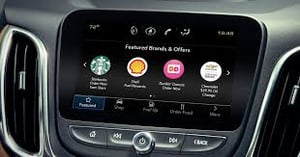
“GM Marketplace” is an internet function in the vehicle that facilitates many apps, like DD Mobile Ordering — as well as allowing you to schedule service for your Buick, Cadillac, Chevy or other GMC model. So thanks to your car, you can order your coffee, then drink it in the service lounge as you wait for your oil change.
This is one example of understanding where consumers engage in certain micro-moments, and the type of linked “connections” that they’re in search of. Here’s another:
A hotel or travel booking site that offers a robust “Things To Do” guide on the same page where consumers make their reservation. Rather than leaving the site to find places to visit, eat or play, a Seamless Experience allows all of that to be explored in one place. Look at the image below: see how that works?
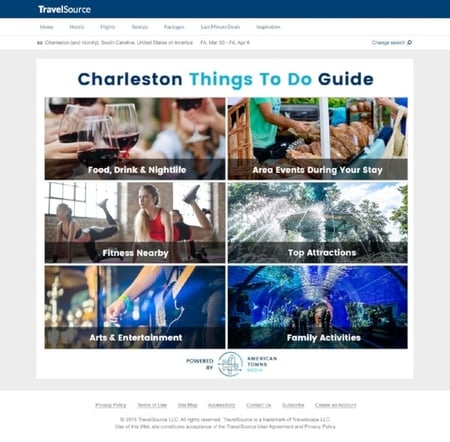
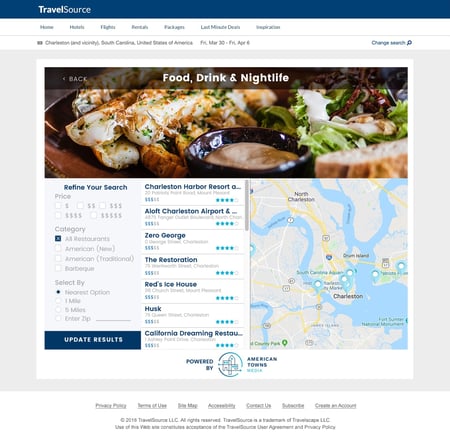
Content Is Still King - 5 Considerations
Now you have an idea of what consumer “expectation” is and some steps to take in order to meet it. Depending on your business and where your consumer is at in the funnel, you’ll need relevant content to keep the experience on your site interesting.
We covered this earlier, but it’s vital enough to bear repeating. These 5 things will make your content valuable and increase the odds that someone will engage with you (meaning: click, share, buy):
- Entertaining - Is your content entertaining? Does it make people smile, laugh or “stop short”? The only thing better than someone clicking through to your site is that person clicking through... and then sharing what they find! That guiding principle should follow through in the post-click experience: don’t use up all your creative juice only on the “ad side.” Whether they come to you organically or by clicking through your brilliant ad, make sure that their experience is every bit as delightful -- and valuable on all sides.
- Relevant - Good marketers have spent plenty of money to get to know their audience and understand what they care about. Truly relevant ads will always get better results than ads that are ho-hum generic. You can add personalization or geo-relevance to create an even more positive result, and clearly, you should also do this for your web pages. Let’s look back at our example of the travel site that features additional helpful content. Everything a person needs to plan their visit is right there, all in one spot. There are no abandoned carts because they’ve left your site in search of tickets to a game or dinner reservations at a local hot-spot. Your website is super-serving them with the local content that they need at that moment.
- Helpful - What problem can your service/product solve? Let your audience know about it. Helpful content builds a relationship and makes you look really good. Plus, it offers a powerful incentive for “sharing.” But be vigilant: are all outbound links on your site “live”? At this writing, most of the travel and hotel sites that we audited either had no links, broken links, no ratings or reviews, or lacked up-to-the-minute event information that we might want during our scheduled travel dates. With bad information like this, any consumer would simply go elsewhere. Question is, will they come back to finish the itinerary or be lured somewhere else?
- High Quality - The quality of your content is a reflection of your brand, so always keep the bar “high.” It’s smarter to create fewer pieces of content that are outstanding, versus churning out a lot of low-quality stuff. Always strive to make it “shareable.”
- Trustworthy - “Trust” between you and your audience is absolutely your biggest asset these days — but it can vanish in an instant. Keep your ads and content reputable, deliver on what you promise and always do the right thing between you and your customers. Because as hard as it may be to earn trust in the first place, regaining it can be nearly impossible. Always, always, ALWAYS do the right thing by your audience!
Back to the case of Dunkin’ Donuts and the “in-car” experience: using the digital info that’s available, DD can serve far more options, based on where that person is, the time of day and the season of the year (“Pumpkin Spice,” anyone?). This increases the perceived level of helpfulness and trust.
In the case of a travel site, they can make it easier to plan an entire trip versus simply booking a flight and hotel. If content comes from reputable sources and is always up to date that site will become as much a travel “guide” as just a service “purveyor.” That separates them from the competition in an authoritative, trustworthy way.
Considering that consumers tend to view many of these sites as pretty much all the same, your chance to be present, useful and accountable is a powerful opportunity. As consumers take more control over “when,” “where” and “how” they engage with a brand, you have a serious chance to guide them.
Visit our site to learn more about how Local Content Optimization (LCO) can help national brands go local and follow us to stay up to date!
